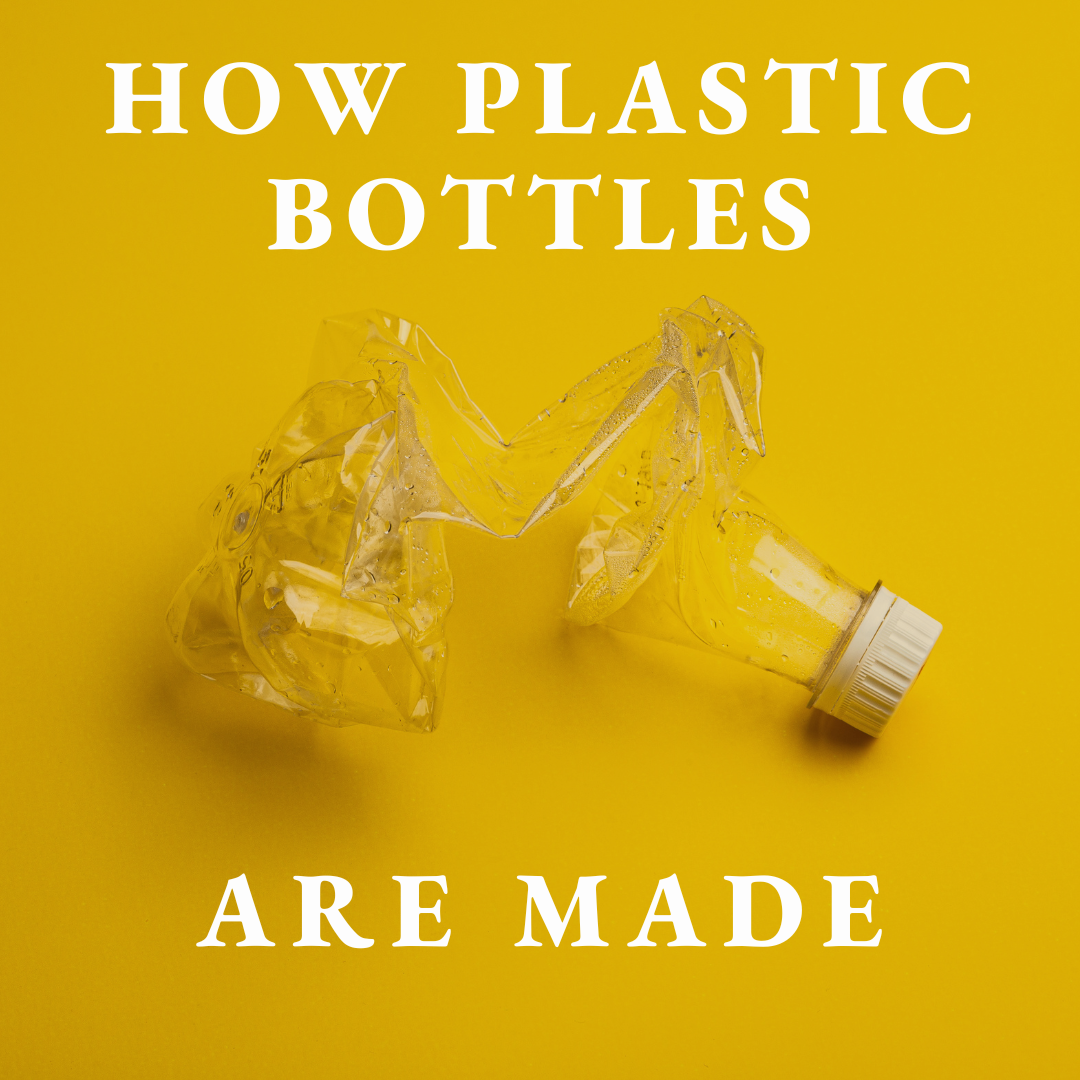Plastic Bottles are usually made by a process called injection molding. Injection molding is a manufacturing process for producing parts by injecting molten material into a mold.
Injection molding can be performed with a wide variety of materials, including metals, glasses, elastomers, and most commonly thermoplastic and thermosetting polymers. Material for the part is fed into a heated barrel, mixed, and forced into a mold cavity where it cools and hardens to the configuration of the cavity.
Plastic bottles are usually made from two types of plastic: PET (polyethylene terephthalate) and HDPE (high-density polyethylene).
PET is a strong, lightweight plastic that is widely used for food and beverage containers. It is also recyclable.
HDPE is a durable, rigid plastic that is widely used for milk and water containers. It is not as easily recyclable as PET.
Both PET and HDPE are safe for food and beverage storage. However, HDPE bottles may leach chemicals into their contents if they are exposed to heat (such as in a dishwasher).
Here is how plastic bottles are typically made:
Step#1: The plastic pellets are fed into the injection molding machine where they are melted.
Step#2: The molten plastic is injected into a mold where it cools and hardens to the shape of the mold.
Step#3: The molded bottle is then ejected from the machine and goes through a trimming process to remove any excess plastic.
Step#4: The bottles are then cooled and ready to be filled with their contents.
Blow Molding
Plastic bottles can also be made by a process called blow molding. In blow molding, molten plastic is extruded into a bubble (a hollow tube). The bubble is then blown open and allowed to cool and harden.
Also, blow molding is typically used to make bottles for carbonated beverages. PET is the most common material used for blow molding.
Plastic bottles are also made from recycled plastic. Recycled plastic can be melted and reformed into new bottles. This process is called “recycle blown bottle technology” or “rPET”.
rPET bottles are made from 100% recycled plastic. They are just as strong and durable as bottles made from virgin plastic. However, they may have a slightly different appearance due to the different colors of recycled plastic.
Extrusion Blow Molding
Extrusion blow molding is a type of blow molding that uses a continuous extrusion of thermoplastic material to create hollow objects. In extrusion blow molding, the molten plastic is extruded into a die where it forms a parison (a partially blown bubble).
The parison is then transferred to a blow mold where it is blown into its final shape. HDPE and PET are the most common materials used in extrusion blow molding.

